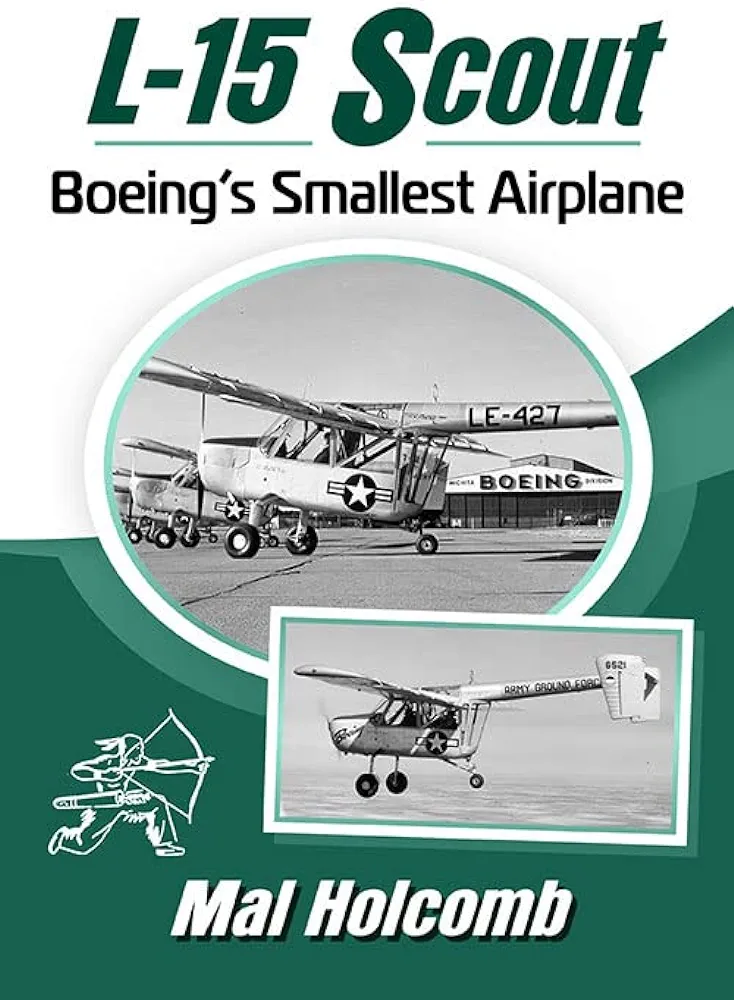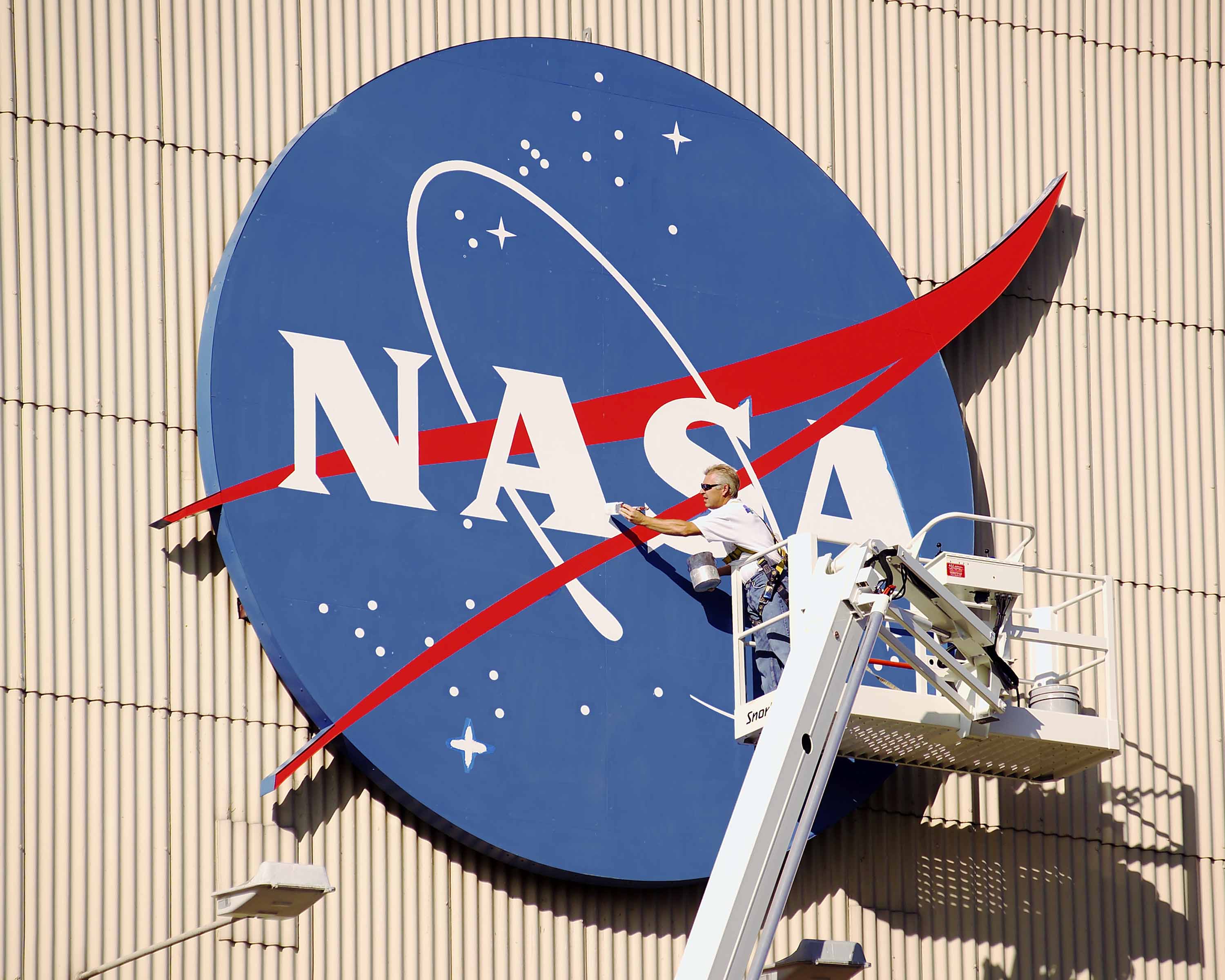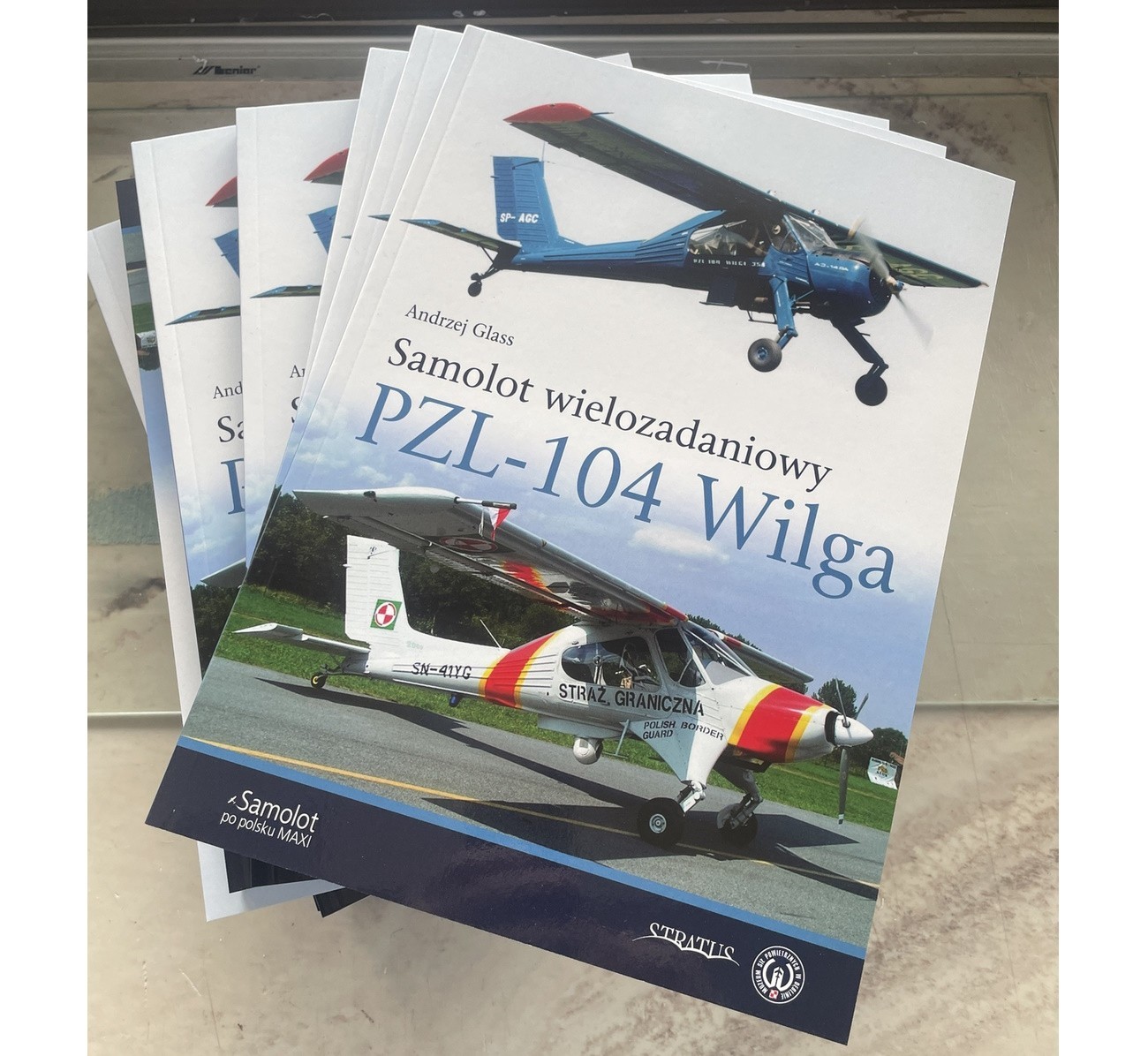bercr
ACCESS: Secret
- Joined
- 12 January 2011
- Messages
- 276
- Reaction score
- 292
Can't wait!North American YF-93A Penetration Fighter (Air Force Legends Nr 227)

Can't wait!North American YF-93A Penetration Fighter (Air Force Legends Nr 227)


The RAH-66 Comanche Helicopter: Technical Accomplishment, Program Frustration (Library of Flight)
On December 5, 2003, Lt. Gen Richard A. Cody, Army Deputy Chief of Staff and an experienced aviator, flew the Comanche. According to the January 2004 issue of National Defense he “…gave the aircraft a stellar review. …Cody said that the Comanche had ‘exceeded his expectations’ and was particularly impressed by the rotor system, engine response and control. Cody also reportedly said the aircraft was ‘easy to fly’ and should be put into the hands of soldiers as soon as possible.” Twelve weeks later the program was cancelled.
Mike Hirschberg, executive director of the Vertical Flight Society, wrote in the January/February 2017 issue of Vertiflite magazine: “The RAH-66 Comanche was the most advanced helicopter ever built. First, inadequate R&D funding levels during the Clinton administration stretched out its development over two decades. Then, with only two prototypes completed, the Comanche had to be sacrificed in 2003 to field upgrades to the existing U.S. Army rotorcraft fleet so it would remain viable in Afghanistan and Iraq.… This terrible choice was necessitated by the lack of sufficient funds for vertical lift aviation.”
So, what happened? How did Comanche become expendable? How did a program that was originally scheduled to enter Low Rate Initial Production in 1996 get delayed to 2011? How did an aircraft originally designed to replace the Army's light scout/attack fleet grow to become a virtual replacement for the much larger, heavier AH-64 Apache?
This is a story of great accomplishment and much frustration. The program never stayed stable for more than a few years at a time. From 1991 to 2004 Comanche went through six program restructures, mostly due to reductions and stretch-outs in Army funding. This is the story of a program that enjoyed strong support at the most senior levels of the Army and DoD – until it didn't.
This is the Comanche history, as told by the some of the key members of the Comanche development team.
Some credibility which is niceThe new F-35 book looks to be interesting. Some info on the authors:
Tom Burbage was the Executive Vice President and General Manager of the F-35 Joint Strike Fighter Program. In that position, he led the Concept Demonstration Phase and Lockheed Martin’s competitive selection as the Prime Contractor in October 2001. He then led the first decade of the program design, development, test and production. Prior to his assignment on the F-35, he led the F-22 Raptor development program and was the President of the Lockheed Martin Aeronautical Systems Company. Before joining Lockheed Martin, Tom was a Naval Aviator, completing the US Navy Test Pilot School and accumulating more than 3,000 flight hours in 38 different types of military aircraft. He received a bachelor's degree in Aerospace Engineering from the US Naval Academy and holds master's degrees in Aeronautical Systems from the University of West Florida and Business Administration from UCLA.
Betsy Clark has had a front-row seat to the F-35 Program and has watched it evolve over the past 12 years. She first became involved as a member of a review team from the US Department of Defense in 2010 and has participated in eight additional reviews, providing independent advice to the Australian Defense Department on the status of the program. Betsy began her career in 1979 after earning her doctorate in cognitive psychology. Betsy has spent the past 35 years studying large, complex software development projects and has reviewed countless defense projects in the US and Australia.
Adrian Pitman was the Director of Acquisition Engineering Improvement in the Australian Defence Materiel Organization (DMO when he was tasked in 2011 to lead an independent Australian review of the F-35 Program prior to Australia formally committing to buy the first 14 of 100 F-35 aircraft. Adrian subsequently participated in a total of nine F-35 reviews, up until 2015. Adrian has spent 55 years of military service in the Royal Australian Air Force and the Australian Department of Defence. Over this time, he has worked or been associated with, five generations of British, French and USA jet fighter aircraft operated by the Royal Australian Air Force.
I worked for Mr. Burbage for a while when I was at Lockheed Martin. Good man.Some credibility which is niceThe new F-35 book looks to be interesting. Some info on the authors:
Tom Burbage was the Executive Vice President and General Manager of the F-35 Joint Strike Fighter Program. In that position, he led the Concept Demonstration Phase and Lockheed Martin’s competitive selection as the Prime Contractor in October 2001. He then led the first decade of the program design, development, test and production. Prior to his assignment on the F-35, he led the F-22 Raptor development program and was the President of the Lockheed Martin Aeronautical Systems Company. Before joining Lockheed Martin, Tom was a Naval Aviator, completing the US Navy Test Pilot School and accumulating more than 3,000 flight hours in 38 different types of military aircraft. He received a bachelor's degree in Aerospace Engineering from the US Naval Academy and holds master's degrees in Aeronautical Systems from the University of West Florida and Business Administration from UCLA.
Betsy Clark has had a front-row seat to the F-35 Program and has watched it evolve over the past 12 years. She first became involved as a member of a review team from the US Department of Defense in 2010 and has participated in eight additional reviews, providing independent advice to the Australian Defense Department on the status of the program. Betsy began her career in 1979 after earning her doctorate in cognitive psychology. Betsy has spent the past 35 years studying large, complex software development projects and has reviewed countless defense projects in the US and Australia.
Adrian Pitman was the Director of Acquisition Engineering Improvement in the Australian Defence Materiel Organization (DMO when he was tasked in 2011 to lead an independent Australian review of the F-35 Program prior to Australia formally committing to buy the first 14 of 100 F-35 aircraft. Adrian subsequently participated in a total of nine F-35 reviews, up until 2015. Adrian has spent 55 years of military service in the Royal Australian Air Force and the Australian Department of Defence. Over this time, he has worked or been associated with, five generations of British, French and USA jet fighter aircraft operated by the Royal Australian Air Force.
A Big Surprise will come to you soon,just wait.
Mr. James Davilla is with jointly with me,make another book about Italian
Military Aircraft 1923-1943,it's almost finished,but it's in check and review.
I first met him about a decade agoI worked for Mr. Burbage for a while when I was at Lockheed Martin. Good man.
On Amazon for $39 and change.... MarkThe RAH-66 Comanche Helicopter: Technical Accomplishment, Program Frustration (Library of Flight)
On December 5, 2003, Lt. Gen Richard A. Cody, Army Deputy Chief of Staff and an experienced aviator, flew the Comanche. According to the January 2004 issue of National Defense he “…gave the aircraft a stellar review. …Cody said that the Comanche had ‘exceeded his expectations’ and was particularly impressed by the rotor system, engine response and control. Cody also reportedly said the aircraft was ‘easy to fly’ and should be put into the hands of soldiers as soon as possible.” Twelve weeks later the program was cancelled.
Mike Hirschberg, executive director of the Vertical Flight Society, wrote in the January/February 2017 issue of Vertiflite magazine: “The RAH-66 Comanche was the most advanced helicopter ever built. First, inadequate R&D funding levels during the Clinton administration stretched out its development over two decades. Then, with only two prototypes completed, the Comanche had to be sacrificed in 2003 to field upgrades to the existing U.S. Army rotorcraft fleet so it would remain viable in Afghanistan and Iraq.… This terrible choice was necessitated by the lack of sufficient funds for vertical lift aviation.”
So, what happened? How did Comanche become expendable? How did a program that was originally scheduled to enter Low Rate Initial Production in 1996 get delayed to 2011? How did an aircraft originally designed to replace the Army's light scout/attack fleet grow to become a virtual replacement for the much larger, heavier AH-64 Apache?
This is a story of great accomplishment and much frustration. The program never stayed stable for more than a few years at a time. From 1991 to 2004 Comanche went through six program restructures, mostly due to reductions and stretch-outs in Army funding. This is the story of a program that enjoyed strong support at the most senior levels of the Army and DoD – until it didn't.
This is the Comanche history, as told by the some of the key members of the Comanche development team.
Looks highly interesting RAP, any ideas as to where I can get a copy?

1. TSR.2 Seminar
The Royal Aeronautical Society's Aeronautical Heritage Group has organised a day-long seminar for TSR.2, which is to be held at Cosford Air Museum on Saturday 13th May, starting at 10.00am. At the moment I have no booking or cost details, but will supply them when available. The event will include the following:
The Path to GOR339 Clive Richards From Paper to Hardware Tony Buttler Break TSR-2: Building the Industrial Coalition Keith Hayward Off-the-Shelf' Options Paul Stoddart Lunch A 'melancholy spectacle': the downfall of the TSR-2, 1957-1965. Clive Richards. Empty skies. British Procurement Dilemmas and Opportunities. Sam Hollins Break TBD Ben Goodlad TSR-2: A Warning for Tempest? Mike Pryce Panel session Q&A
2. Italian Secret Projects
As far as I know Crecy have not received any manuscript for the book, so where the 2023 release date came from I have no idea. I fear that it will no longer go ahead, but I understand Crecy are planning to have other titles on Italian subjects (though no info as yet).
3. Propeller Twilight
I have been checking the page proofs for my latest book this week and they look pretty good I think. That should mean we are still on for a July release.
I wonder if any details been shared yet? I see an event page has now been added to the RAeS site, but not being a member I can't see any details regarding if non-members are able to attend.From Tony Buttler
1. TSR.2 Seminar
The Royal Aeronautical Society's Aeronautical Heritage Group has organised a day-long seminar for TSR.2, which is to be held at Cosford Air Museum on Saturday 13th May, starting at 10.00am. At the moment I have no booking or cost details, but will supply them when available.
I am the tail-end Charlie of the event.I wonder if any details been shared yet? I see an event page has now been added to the RAeS site, but not being a member I can't see any details regarding if non-members are able to attend.From Tony Buttler
1. TSR.2 Seminar
The Royal Aeronautical Society's Aeronautical Heritage Group has organised a day-long seminar for TSR.2, which is to be held at Cosford Air Museum on Saturday 13th May, starting at 10.00am. At the moment I have no booking or cost details, but will supply them when available.
My abstract/bio for those interested:I am the tail-end Charlie of the event.I wonder if any details been shared yet? I see an event page has now been added to the RAeS site, but not being a member I can't see any details regarding if non-members are able to attend.From Tony Buttler
1. TSR.2 Seminar
The Royal Aeronautical Society's Aeronautical Heritage Group has organised a day-long seminar for TSR.2, which is to be held at Cosford Air Museum on Saturday 13th May, starting at 10.00am. At the moment I have no booking or cost details, but will supply them when available.
As soon as I get other details I will post them here. I certainly hope more than just the speakers can attend!
Much appreciated !As soon as I get other details I will post them here. I certainly hope more than just the speakers can attend!
Bummer that I can't make it alongAs soon as I get other details I will post them here. I certainly hope more than just the speakers can attend!
I think the slides at least will be available after, as with the Sandys event a few years ago.Bummer that I can't make it alongAs soon as I get other details I will post them here. I certainly hope more than just the speakers can attend!
Knew this was happening a year ago but then only 1 month notice...
There will be plenty of ranting I am sure, and examples of hindsight being a wonderful thing. And that's just me!But then no one will hear me ranting on about TSR2
It'll be interesting to compare with the RAFHS TSR2 with hindsight day
I’d love to see some material on that!Mike <SNIP> from Imperial College, where he is a visiting lecturer in the history of Cold War technology.From Tony Buttler
Oh god, really? The last time I went it wasn't long after they'd but a good amount of stuff in places you couldn't see them properly and/or in bad lighting but I seem think the 188 was still with the TSR2 / P1APlus if I go to Cosford and see the spilt up prototype collection with my own eyes (apparently the Type 188 is lurking outside unloved and unwanted at the moment) then I'm liable to rant even more.
If you think this is bad you have to see some of the stuff that the fan's of the Avro Arrow or Arrowheads get up to. Quite frankly some of them are honestly disturbed.Bound to be a ton of hecklers in the audience; "Yanks wot killed it!" and "Wilson sold out to Washington!" and "Wilson sold out to Moscow!" etc.
Quite frankly I've never heard so much uninformed waffle repeated so vehemently and so often for any other aircraft. The sheer weight of myth is just unmovable.
Plus if I go to Cosford and see the spilt up prototype collection with my own eyes (apparently the Type 188 is lurking outside unloved and unwanted at the moment) then I'm liable to rant even more.
At least there are intact TSR2s to look at. All that's left of the Arrow prototypes is the nose section of one of them hanging on a museum wall like a hunter's trophy!If you think this is bad you have to see some of the stuff that the fan's of the Avro Arrow or Arrowheads get up to. Quite frankly some of them are honestly disturbed.Bound to be a ton of hecklers in the audience; "Yanks wot killed it!" and "Wilson sold out to Washington!" and "Wilson sold out to Moscow!" etc.
Quite frankly I've never heard so much uninformed waffle repeated so vehemently and so often for any other aircraft. The sheer weight of myth is just unmovable.
Plus if I go to Cosford and see the spilt up prototype collection with my own eyes (apparently the Type 188 is lurking outside unloved and unwanted at the moment) then I'm liable to rant even more.

